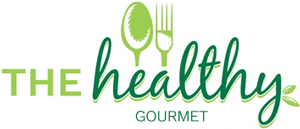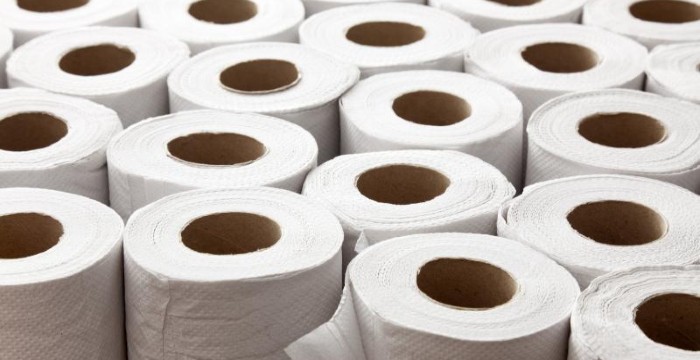Buying toilet paper is something you probably don’t put a lot of thought into when you head into your local supermarket. You grab one packet you like off the shelf, add it to your trolley among the bread and milk, and sustainability might not even cross your mind. However, your choice in toilet paper really matters.
Between 1996 and 2005, close to 11 million hectares of boreal forests in Canada were logged for toilet paper for the United States and the rest of the world. The Canadian boreal forest is valuable for its indigenous people, the climate, and species, and continual logging for pulp for toilet paper has a significant impact.
Therefore, if you can put sustainability to the forefront of your mind, you may be able to consider alternative options for your household’s toilet paper supply. You never know, you could make more of an impact than you first thought.
So, how do you shop for the eco-friendliest toilet paper? There are a few things to consider, which we’ll run through below.
Forest Stewardship Council (FSC) Certification
FSC is an organisation that is all about promoting responsible forest management. Be on the lookout for an FSC tick on your toilet paper products, but then consider which category the toilet paper could fall into. FSC mix means the toilet paper can be a mixture of certified forest, reclaimed, or controlled source materials.
FSC recycled means all timbers and fibres are recycled, with 15 percent consumer waste. FSC 100% means that all fibres and timber in the toilet paper comes from an FSC-certified forest.
Recycled vs. Virgin Materials
Recycled toilet paper features materials that have been used before. Virgin toilet paper, on the other hand, is brand new. There is always going to be a need for virgin materials, but you can do your part by ensuring at least some of your toilet paper is recycled.
Elemental Chlorine-Free Labeling (ECF)
Toilet paper is not naturally white. Instead, manufacturers bleach it to achieve that whiteness. What they use can make a world of difference. Look out for, at a minimum, a label for elemental chlorine-free bleaching. This product produces dioxins that can be harmful to health and the environment.
This label doesn’t mean the toilet paper is free of chlorine in general, but a less harmful variety. Look out for unbleached toilet paper, or paper that has been bleached with oxygen or even hydrogen peroxide.
What Should I Buy?
There’s no harm in visiting your local supermarket to compare all the different options. However, you can also do your homework online to see what comes up. Take a look at online ethical guides and find out how leading toilet paper manufacturers source their materials.
Who Gives a Crap, for example, has an A rating for ethics and is Australian-owned. Naturale, Quilton, Duve, icare, Safe, and Softex are all Australian owned brands that you may like to compare as well.
If you have been thinking about ways you can put sustainability first, then start with household purchases. You would be amazed at the flow-on effect such a decision can have.

